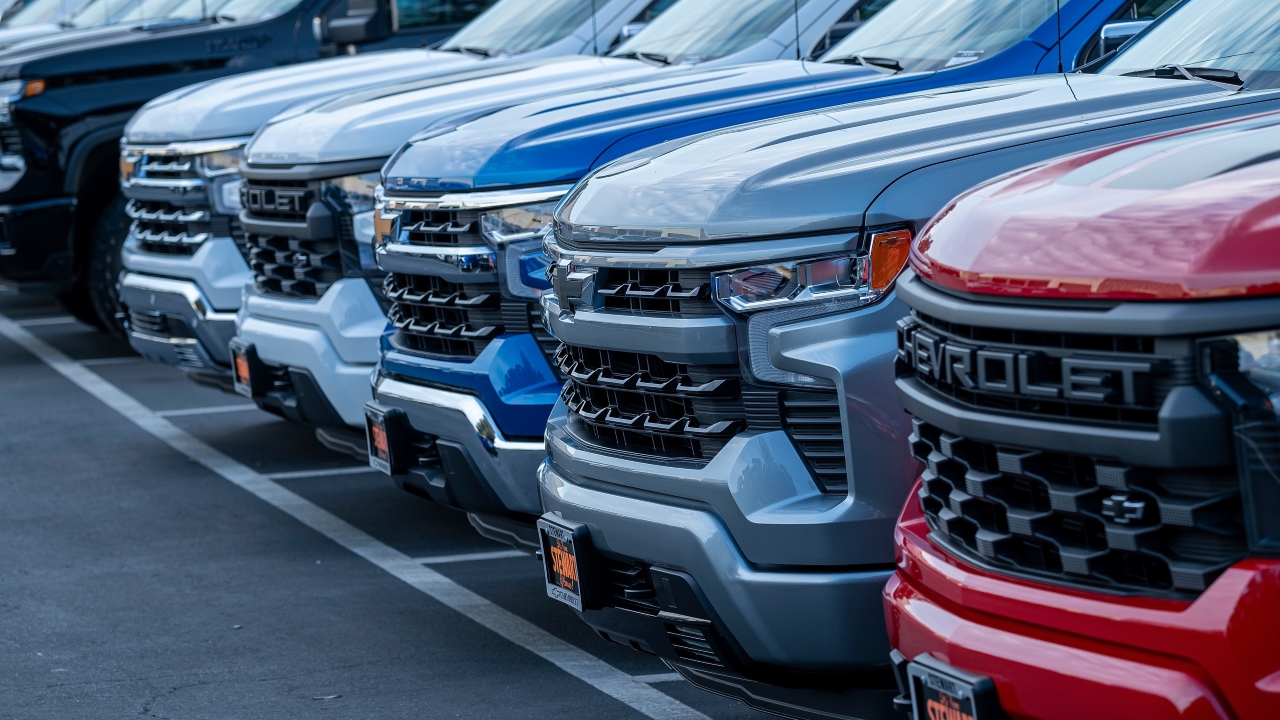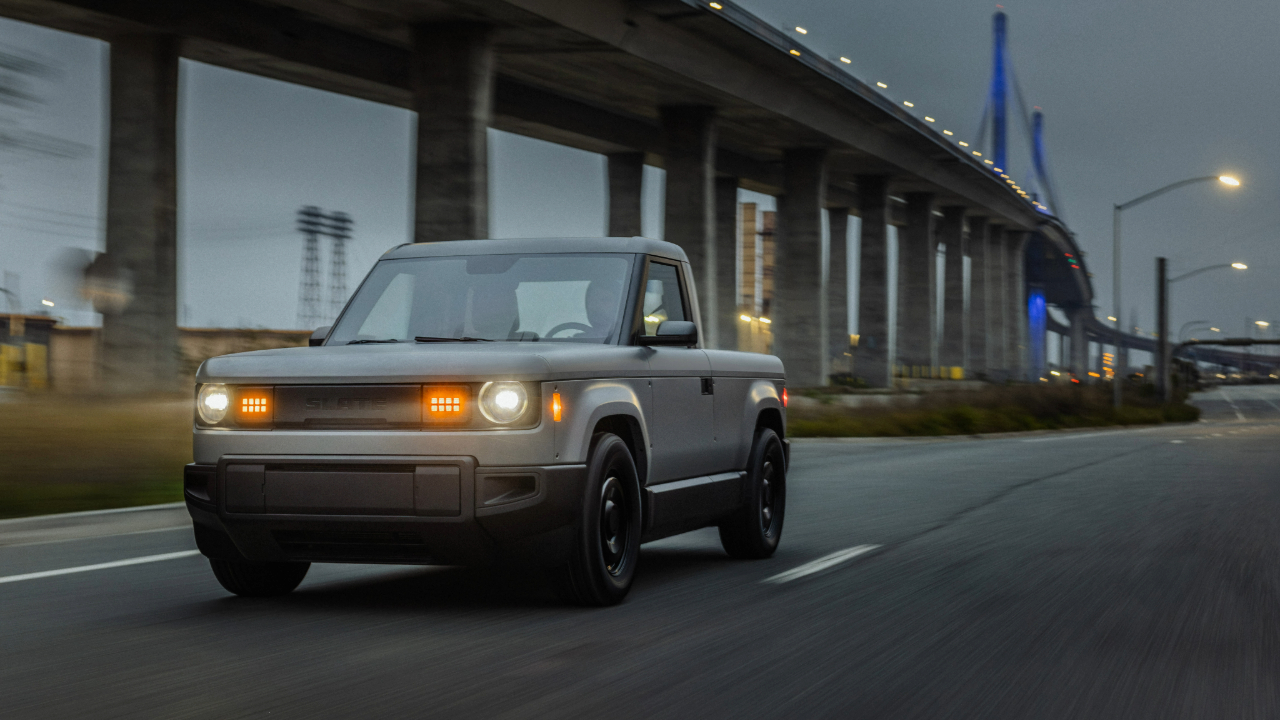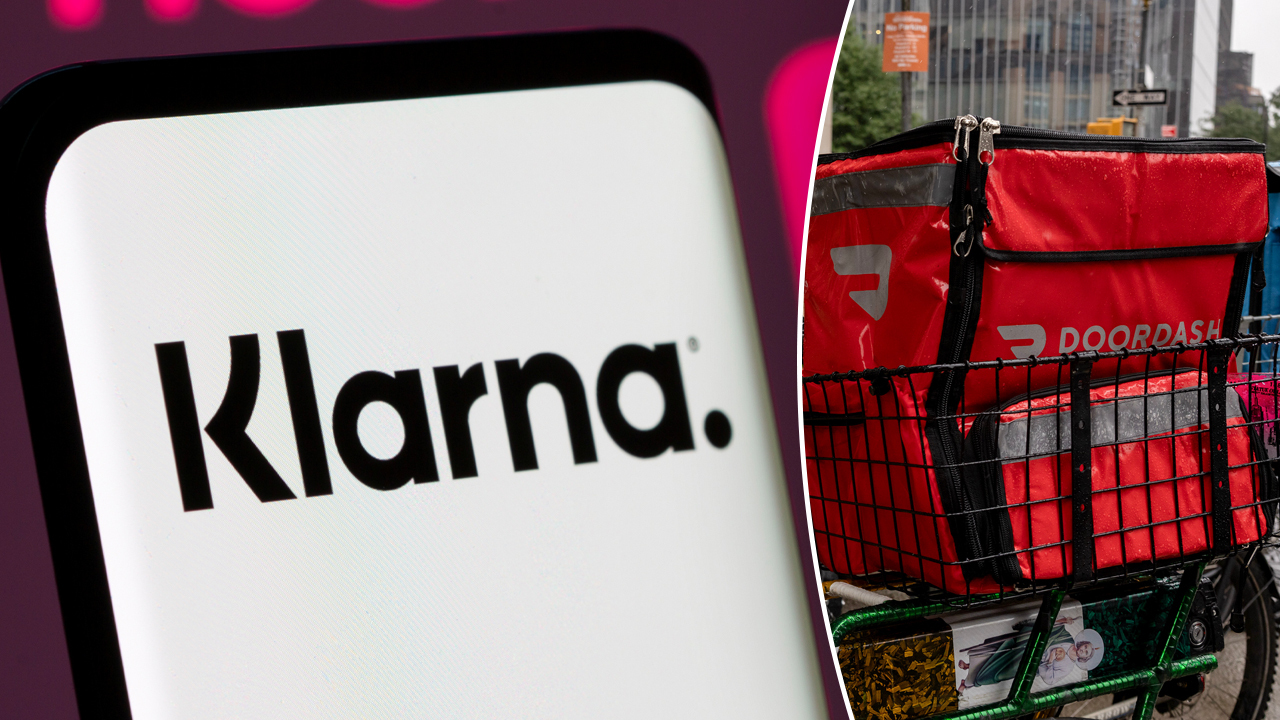Shanghai Auto Show: Automakers navigate shifting smart driving market dynamics
Automakers are navigating leaps in technology, changing consumer preferences, and regulatory challenges, with China increasingly identified as a leader in intelligent driving systems.


Established automakers and electric vehicle makers are strongly promoting their assisted driving technologies at this year’s Shanghai Auto Show despite Beijing tightening safety regulations on in-car systems earlier this month, following a fatal crash involving a Xiaomi EV.
Meanwhile, China’s annual auto shows are changing shape, as they become home to tech startups such as Momenta and Pony.ai – the much-discussed star of the show – as the “smartification” revolution gains traction in the world’s largest EV market.
These trends echo a recent survey by consultants AlixPartners showing that China is increasingly identified as a leader in intelligent driving systems thanks to efficient collection and processing of data and a more tolerant market environment, among other factors. Advanced Driver Assistance System (ADAS) features were included on nearly 60% of passenger cars sold in China last year, compared with fewer than 40% of vehicles in the U.S.
As automakers are navigating leaps in technology, changing consumer preferences, and regulatory challenges, here’s a look at some of the more intriguing autonomous mobility trends found at the 2025 Auto Shanghai, which ends on May 2.
Safety a top priority
Just a month ago, Chinese auto and tech majors were committed to their ambitious timelines of releasing “door-to-door” ADAS features with “human-like” driving capabilities, but now nearly every company has reverted to making car safety a “top priority.”
Huawei announced on April 27 that it will launch safety “training camps” for drivers with 11 auto partners, a move also made by Xpeng. Geely mentioned the word “safety” more than 60 times during a 20-minute press conference, while global giants Toyota and Audi voiced safety concerns about an overly speedy vehicle development process.
Chinese carmakers have cut the time it takes to develop a new EV to 22 months compared with at least 32 months by legacy brands, mainly by reducing the number of physical tests and sending out software updates to fix many problems, according to AlixPartners.
“Some Chinese companies have probably taken shortcuts to save the time and cost of testing their vehicles,” Paul Gong, head of China auto research at UBS, told a media briefing on April 25 (our translation). Gong pointed to a likelihood that automakers would slow the pace of new assisted driving software updates issued significantly in the coming months.
“Level 2 ADAS systems need to become safer and safer as they find a broad acceptance because of the increasing usage,” Ismail Dagli, Head of Continental Autonomous Mobility Business Area, said on April 24 when interviewed by TechNode. Experts said the roll-out of so-called “Beta programs,” where automakers invite drivers to sign up to test their ADAS, will be forbidden.
Rise of Chinese startups
This year’s Auto Shanghai also served as the coming-out party for a growing list of local autonomous-driving developers, mostly overlooked until now, as global automakers set up collaborations in China to take advantage of the impressive technology ecosystem.
Hong Kong-listed Horizon Robotics announced that China’s auto giant Chery was to become the first customer of its “Horizon SuperDrive” ADAS solution, while more than 200 models from the likes of Volkswagen and BYD featuring its computing platforms are already available on the market. Horizon Continental Technology (HCT), a joint venture between Horizon and Continental, early this year said it secured a “several hundred million RMB” angel round from investors including Hillhouse Capital and CICC Porsche fund.
“HCT perfectly fits into the market so that we have the AI development and data-driven performance on the one side and the risk awareness of a German company on the other side,” said Continental’s Dagli.
Momenta said it has signed contracts to supply more than 130 car models with its assisted driving technologies, with plans to offer the technologies in overseas markets such as Germany, France, and Japan. The Toyota and GM-backed company is reportedly looking to raise up to $300 million in a US initial public offering. Rival Deeproute, a Shenzhen-based startup, has partnered with big names such as China’s Great Wall Motor and Smart, a Mercedes-Benz marque.
Many automakers may have made strategic shifts from in-house development to Chinese supplier outsourcing for their strongly competitive intelligent driving systems, resulting in reduced R&D costs and more productive output, according to Gong.
READ MORE: Chinese companies take on Tesla’s Full Self-Driving with non-lidar approach, end-to-end AI
L3 uncertainty fuels hope for L4
Juergen Brandl, Head of Autonomous Mobility Business Area at Continental China, saw a “significant improvement” in ADAS, such as the City NOA (Navigation on Autopilot) function, in the past months, mainly thanks to strong innovation in computing power and camera technologies.
Such rapid development has pushed several companies to move a step further, with Xpeng, Zeekr, and GAC among the early movers aiming to sell their vehicles with Level 3 autonomous driving capabilities later this year. However, except for the very few companies that have already experimented with Level 3 functions, many are sitting on the fence regarding semi-autonomous driving despite encouragement from Beijing.
One of the main reasons given is that automakers are supposed to take full legal responsibility for their cars when the L3 conditional autonomous driving feature is active. The uncertainty is compounded by the difficulty human drivers have in sharing driving tasks with semi-autonomous cars once they see them working. A Level 3 car can drive itself “under limited conditions,” according to the definitions set by the Society of Automotive Engineers (SAE).
“I think the definition is even less clear [compared with L2 and L4],” James Peng, chairman and chief executive of Pony.ai, told reporters on April 23. “We still need some time to get some clarity on what L3 is exactly.” Like its US rival Waymo, Pony.ai has targeted a moonshot solution to full automation, aiming to operate an autonomous ride-hailing fleet of 50,000 cars globally by 2028.
While automakers continue spending time to make their L2 systems reliable enough and eventually turn them into L3 solutions with additional safety, there is hope for the L4 players. The future lies in their abilities to manage edge cases, enhance ride capabilities, and improve efficiency and safety. “This creates strong barriers to entry, provided L4 players continue to drive progress,” Bernstein analysts led by Eunice Lee wrote in a note on April 27.
What's Your Reaction?






















































































